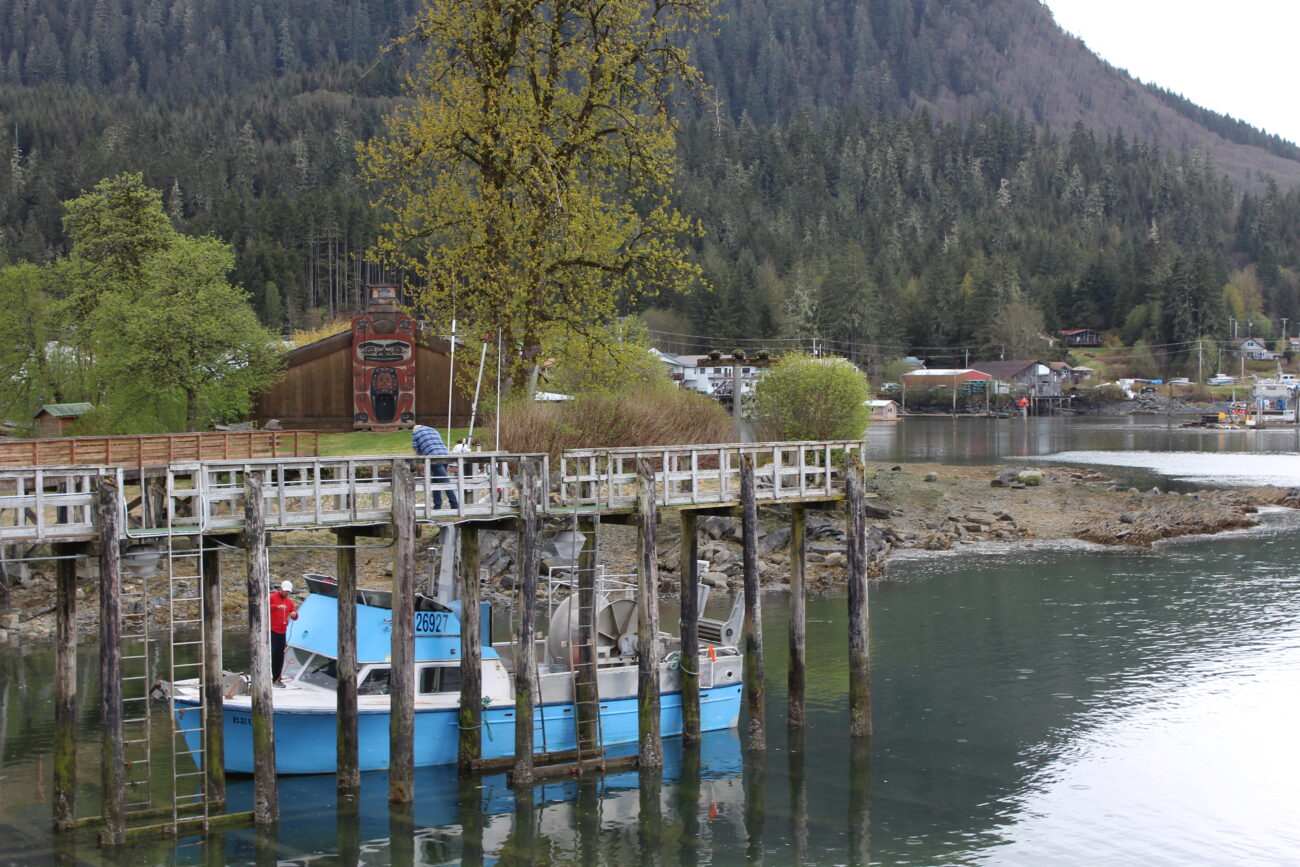
(Sage Smiley / KSTK)
Southeast Alaska’s pink salmon run is predicted to be weak this summer. The region’s commercial harvest is expected to increase by just five percent this year compared to last year, according to a report from the Alaska Department of Fish & Game released earlier this month. But it’s forecast to be more than a 60% drop from the last odd-year harvest in 2021 – pink salmon runs in Southeast peak in odd years and fall in even years.
The 2023 pink salmon harvest is predicted to be around 19 million fish, with a probable range of between 12 and 29 million. That’s what the department classifies as a weak run. It’s nowhere near Southeast’s record harvest of 2013, which saw more than 89 million pink salmon.
The estimate comes mostly from analysis of juvenile pink salmon abundance indicators collected by researchers in Southeast in previous years.
If 19 million pinks are pulled out of the water by Southeast fishermen this summer, it’ll be just over half of the recent 10-year average harvest of 22 million pinks. But it’s only about 40 percent (39%) of the average harvest over the past 10 odd years (49 million fish).
The Alaska Department of Fish & Game only publishes harvest forecasts for pinks in Southeast Alaska, because they say they don’t have enough data from other salmon species to accurately predict harvests.
But they do set harvest limits, and Chinook salmon trollers will face a 23% reduction in allowable harvest this year. That’s a decrease of 44,000 fish. It leaves around 53,000 king salmon allowed to be harvested by all other gear types under the international treaty that governs wild king harvest. Hatchery-produced kings aren’t part of that agreement.
Even so, runs of embattled Southeast king salmon are supposed to meet the lower end of their escapement goals on many of the rivers monitored by Fish & Game this year. The Stikine River near Wrangell is an exception – it’s not forecast to meet its escapement goal range of 14- to 28,000 kings.
ADF&G’s harvest prediction for Southeast also indicated that last year’s salmon harvest in the region was around half of the previous year’s. It was the 33rd highest harvest since 1962.
The preliminary ex-vessel value of last year’s Southeast salmon fishery is the 24th lowest on record.
But that doesn’t mean last year’s prices were low. Even though the 2022 harvest was half of the previous year’s (58 million catch), the total preliminary value at the docks for Southeast increased by $12 million to $144 million. That rise in value came primarily because the price per pound of chum salmon increased by half compared to the previous year, at a region-wide average of $1.18 per pound.
This article has been updated to correct a typo in the probable range of pink salmon harvest this year.
Get in touch with KSTK at news@kstk.org or (907) 874-2345.











